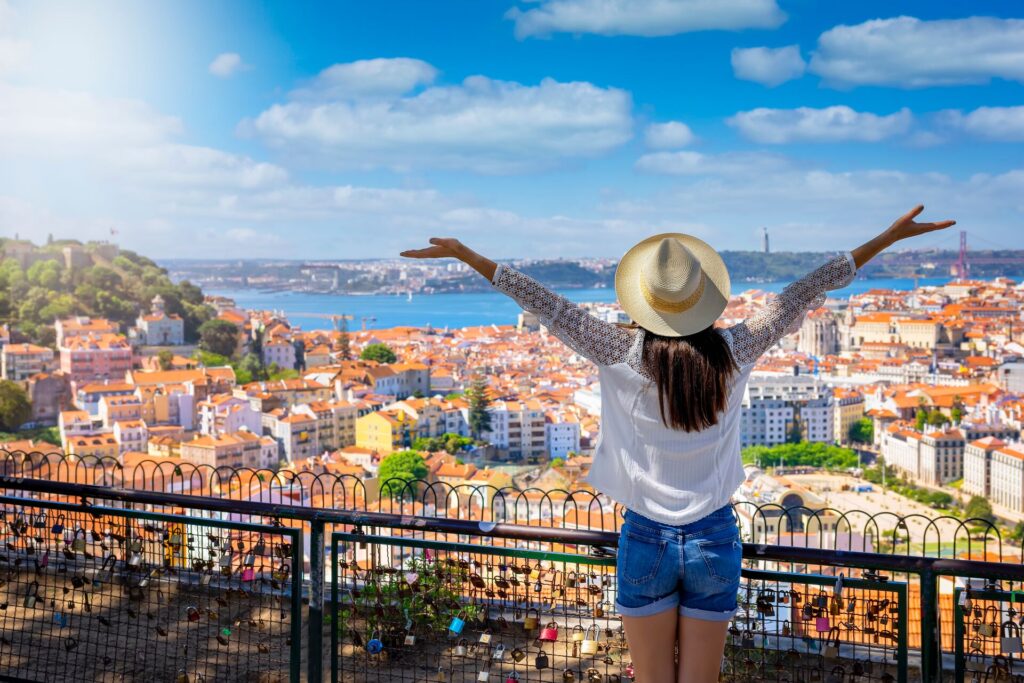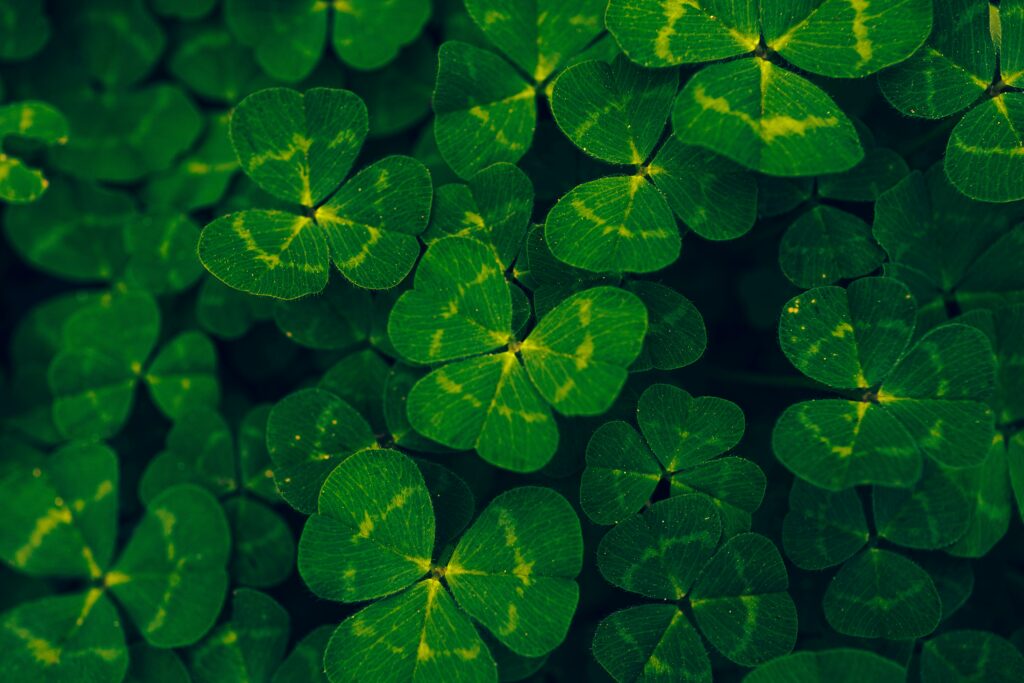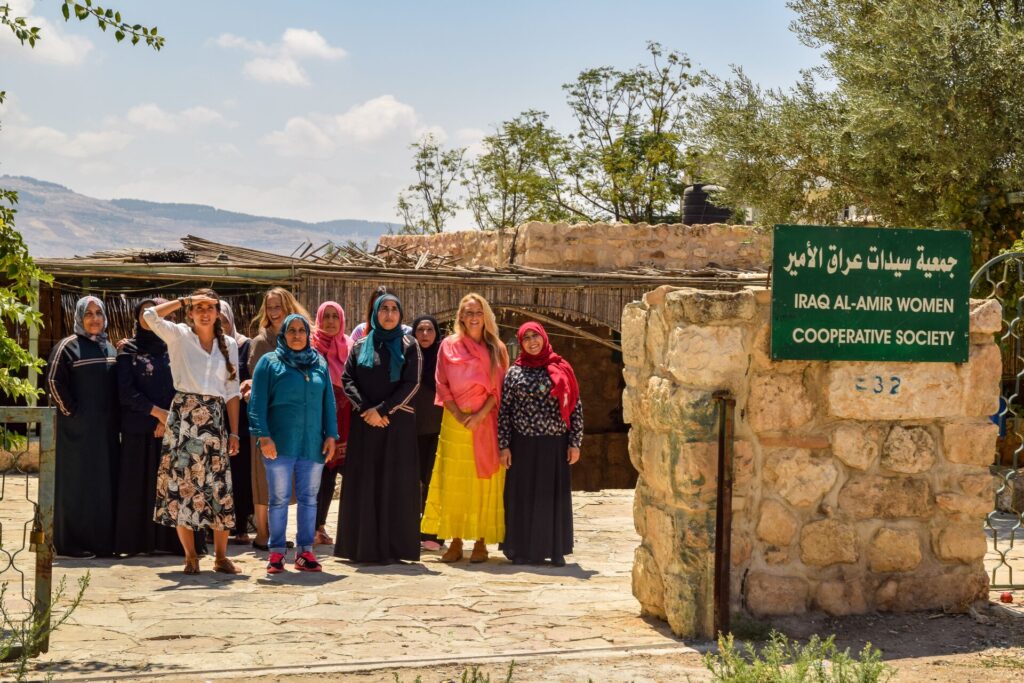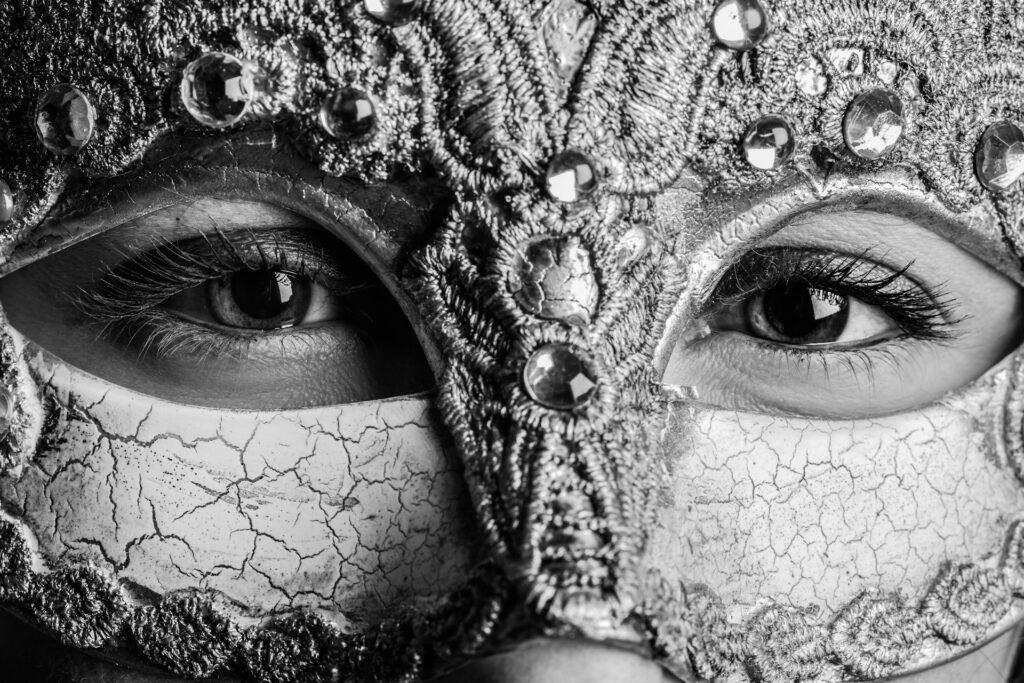BERBER INFLUENCES ON MOROCCAN ARCHITECTURE
Read more: Of all the gin joints: The fascinating tale behind Rick’s cafe in Casablanca
ISLAMIC INFLUENCES ON MOROCCAN ARCHITECTURE
Traditional Moroccan tiles, or Zellij, were introduced, with spectacular geometric tiles lining the interiors and exteriors of buildings across Morocco. The classic colours are green, blue, brown, white, and black, and you’ll spot all kinds of intricate patterns like diamonds, stars, and triangles. Fountains are an integral part of Islamic Moroccan architecture, as they represent paradise. They’re also a place where Muslims can perform purification rituals before prayers.
In Marrakesh, don’t miss the spectacular El Bahia Palace, built in the late 1800s in stunning Alaoutie designs. From the sweeping archways, marble courtyard and ornamental gardens, to the bright tiling, painted ceilings, silk panels, and stained glass, this is an architectural masterpiece.
Read more: Our pick of Europe’s 11 most culturally rich cities
MOORISH INFLUENCES ON MOROCCAN ARCHITECTURE
The Grand Mosque in Chefchaouen is another great example of Moorish Moroccan architecture. It was built in the 15th century and has an octagonal minaret. While minarets are usually four-sided square designs, you’ll occasionally find eight-sided minarets, as a legacy of the Moors.
Read more: Why Seville is the best place in the world to watch (and learn) flamenco
FRENCH INFLUENCES ON MOROCCAN ARCHITECTURE
The French also introduced restrictive building standards. They decreed that buildings could not be higher than four stories and all building roofs should be level and flat. Balconies could not overlook neighbours and each planned area should have 20% of the land dedicated to outdoor gardens or courtyards. While these policies were aimed at preserving the country’s existing traditional architecture, they also stalled urban development in many areas and repressed architectural innovations.
As the French architects built new cities, they often constructed buildings that had European layouts but traditional Moroccan styles. The result was a Mauresque or Neo-Moorish style, and this can be found in cities like Rabat. Walk along the European-style boulevards and you may notice the grand administrative buildings. In some cities, like Casablanca, you’ll see many Art Nouveau and Art Deco buildings. This was influenced by the Parisian style of ornate wrought-iron windows, balconies and staircases.
Read more: 2023 is on sale right now – 5 tips on how to decide where to travel first



